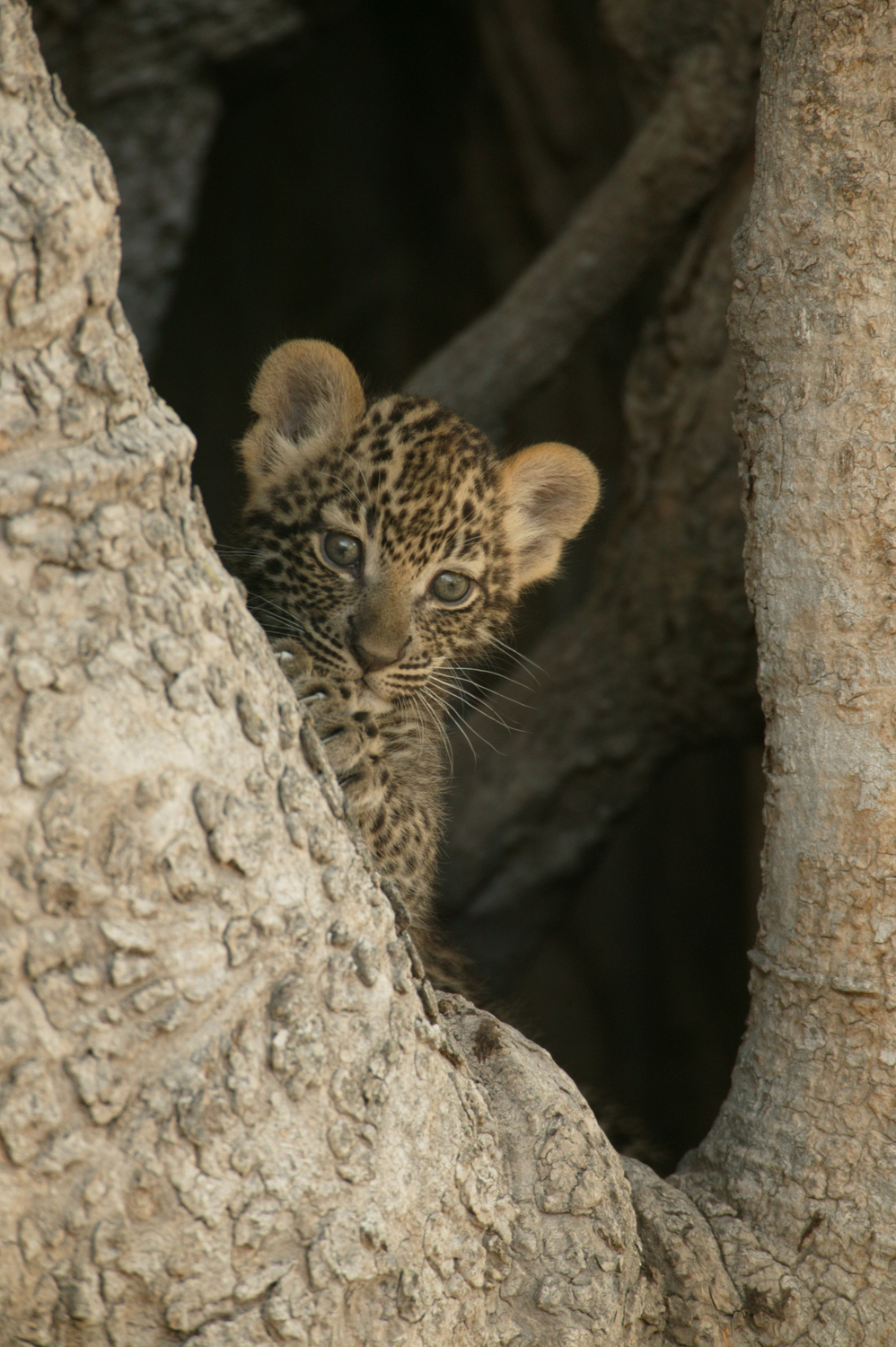
A staple of 1940s fashions could help save leopards from poachers.
A big cat conservation group is handing out faux-leopard print capes to residents of South African communities who wear the real animal skins for ceremonial purposes. The hope is that the synthetic skins will reduce demand for real leopard skins, thereby reducing poaching of the majestic animal.
Ceremonial essential
Leopards are the smallest of the big cats, and though they aren't endangered species yet, their population numbers have been declining in some parts of Africa due to habitat loss and poaching.
Leopard skins have become a wardrobe essential for the 5 million members of South Africa's Shembe Church, a church founded in 1910 by Isaiah Shembe that melds Zulu and Christian elements.
The Church has adopted leopard skin capes, known as amambatha, from Zulu chiefs, as a sign of power and beauty. They now use the capes in many religious ceremonies. Though some skins are handed down through the family, many church members are seeking new ones, which means more poaching of the graceful hunters.
Reducing poaching
Sign up for the Live Science daily newsletter now
Get the world’s most fascinating discoveries delivered straight to your inbox.
To reduce leopard poaching, Panthera, a big cat conservation organization, along with the shipping company DHL, is delivering 4,000 free amambatha to church members this year.
"That translates to over 2,000 leopards saved from poachers," Panthera president Luke Hunter said in a statement.
The success of the operation relies on church members accepting fake leopard skins in place of the real deal. So far, the community response has been positive.
"As a leader of the Shembe community, I have seen firsthand how receptive my community is to using these fake skins. Not only do they look and feel like real leopard skins, they also last longer," said Shembe elder and legal advisor Lizwi Ncwane in a statement.
Follow Tia Ghose on Twitter and Google+. Follow LiveScience @livescience, Facebook & Google+. Original article on LiveScience.

Tia is the managing editor and was previously a senior writer for Live Science. Her work has appeared in Scientific American, Wired.com and other outlets. She holds a master's degree in bioengineering from the University of Washington, a graduate certificate in science writing from UC Santa Cruz and a bachelor's degree in mechanical engineering from the University of Texas at Austin. Tia was part of a team at the Milwaukee Journal Sentinel that published the Empty Cradles series on preterm births, which won multiple awards, including the 2012 Casey Medal for Meritorious Journalism.
Watch boozing chimps share alcoholic fruit. Is this how social drinking started?
'An up-tempo version of Darwinian evolution': How a mega freeze in Florida may have caused Burmese pythons to evolve at a blindingly fast speed
New QPU benchmark will show when quantum computers surpass existing computing capabilities, scientists say









